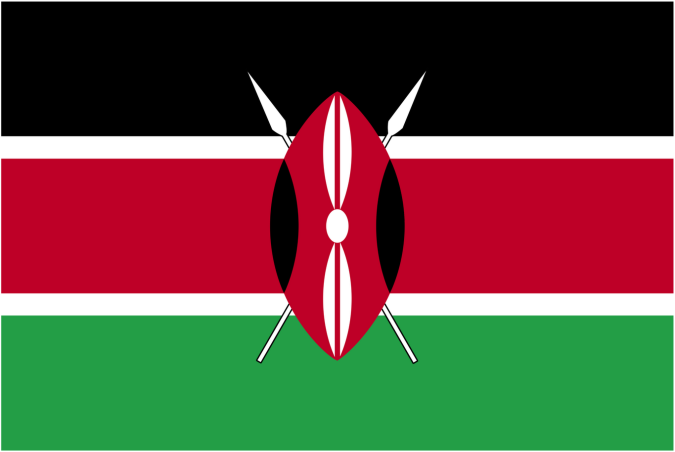Look into how mobile money can boost informal economy

By ANZETSE WERE
The growth in the use of mobile phones in Kenya and indeed Africa has created a mobile economy that is estimated to have generated 6.7 per cent of Gross Domestic Product (GDP) in Africa in 2015.
According to GSMA, an association that represents the interests of mobile operators globally, mobile technologies and services contributed about Sh15.1 billion ($150 million) of economic value on the continent.
Closer to home, mobile subscriber penetration in East Africa hit 46 per cent in 2015 and smartphone adoption is due to hit 54 per cent in 2020. Kenya is well aware of how access to mobile phones has deepened financial inclusion through the provision of access to financial transactions.
Indeed a study by CGAP, an organisation that seeks to promote financial inclusion, indicated that in Kenya, mobile money transfer has overtaken even informal financial groups as the most used financial service.
The CGAP found that even in more rural areas, 61 per cent of people were registered mobile money transfer users while only 51 per cent and 36 per cent were using informal financial groups and banks respectively. Indeed, by 2014 58.4 per cent of all Kenyan adults had a mobile account and approximately 90 per cent of all senders and recipients of domestic remittances used a mobile phone.
In my view the emergence of the mobile economy and specifically mobile money, banking and lending intersects with the informal economy and enables this section of the Kenyan economy.
About 82 per cent of Kenyans in employment are employed by informal businesses and organisations across the country which indicates that most Kenyans seem to derive their livelihood from the informal economy.
And although the informal economy is not without its challenges, such as serious productivity problems, it is an important part of the story of Kenya’s economy.
There are three ways through which the mobile economy intersects with and enables the informal economy.
The first is through facilitating financial transactions that enable informal businesses to receive payments for goods and services from clients and customers.
Many informal businesses have a mobile money facility through which they can receive payments in a more secure and convenient manner than cash transactions.
Secondly, mobile money allows informal businesses to communicate with and make payments to suppliers and distributors. This allows informal businesses to manage and coordinate activity and transactions with numerous parties in their value chain across the country.
It would be useful for more research to be done on this issue in order to better understand the extent to which the mobile economy has informed improvements in efficiency and productivity in informal firms and how this can be leveraged further.
Finally, the mobile economy has created an avenue through which informal business people can apply and qualify for loans through their mobile phone. Indeed, it is not unheard of in Kenya for informal businesses in large informal markets to borrow money at the beginning of the business day to purchase stock, and pay off the loan at the end of the day after the sales are complete.
SOURCE:BUSINESSDAILYAFRICA
 Africas leading resource for digital financial services
Africas leading resource for digital financial services


comments